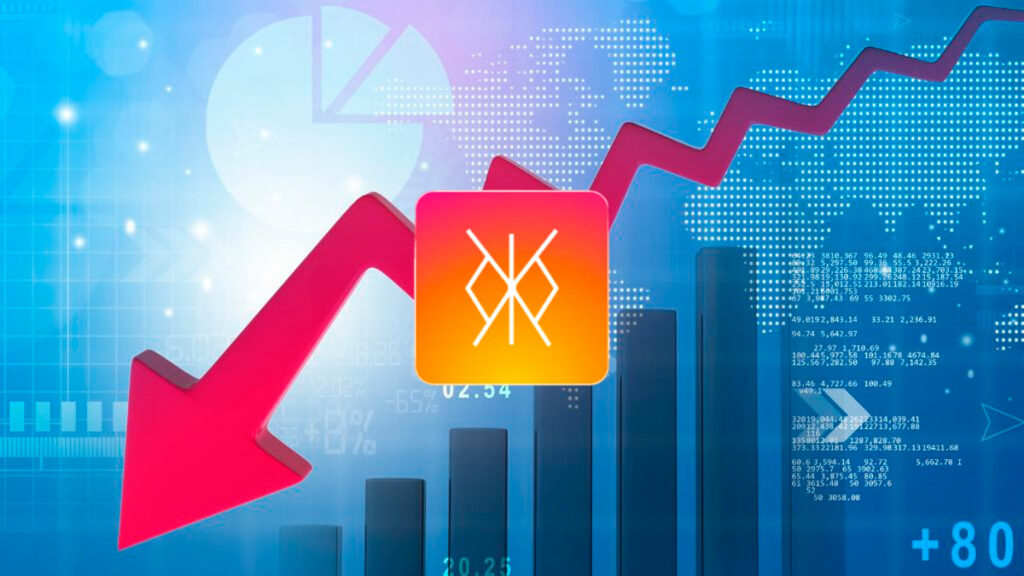TL;DR
- Rune Etchings Plummet: The once-promising surge in Rune Etchings on the Bitcoin network has dramatically declined. Over the past six days, daily new Rune etchings dropped below 250, with only 157 Runes etched on Monday—a staggering 99% decrease from the late April peak.
- Rise and Fall of Rune Protocol: Initially, the Rune protocol experienced rapid growth, with an average of 14,700 new Runes etched daily between April 26 and 30. Memecoin and NFT enthusiasts drove this surge by inscribing artwork, images, audio, and videos onto the Bitcoin network.
- Controversy and Uncertainty: Bitcoin core developer Luke Dashjr criticized the Runes protocol, citing a fundamental design flaw. Despite dominating May transactions, Runes faces scrutiny. Miners, enthusiasts, and developers closely monitor its fate, wondering if it will regain momentum or remain a fleeting phenomenon in Bitcoin’s history.
The once-promising surge in Rune etchings on the Bitcoin network has taken a dramatic nosedive, leaving enthusiasts and miners puzzled. Over the past six days, the number of new Runes etched daily plummeted below 250, with a mere 157 Runes etched on Monday—a staggering 99% decrease from the peak observed in late April. Let’s dive into the details of this unexpected downturn.
The Rise and Fall of Rune Etchings
In the wake of its launch, the Rune protocol experienced a meteoric rise. Between April 26 and 30, an average of 14,700 new Runes were etched daily, culminating in a jaw-dropping 23,061 Runes etched on April 26.
This surge was fueled by memecoin and non-fungible token (NFT) enthusiasts eager to inscribe their favorite artwork, images, audio, and videos onto the Bitcoin network.
Runes, a novel token standard, made its debut at the fourth Bitcoin halving block on April 20. Designed to provide a fresh revenue stream for miners after the halving, the protocol allowed users to etch their creativity onto the blockchain.
The block subsidy, halved to 3.125 Bitcoin (BTC), equating to approximately $196,800 at current prices, initially incentivized miners to embrace the new standard.
The Sudden Decline
However, the recent decline in Rune etchings is stark. On May 13, a mere 157 Runes were etched, contributing a paltry $3,835 in transaction fees to Bitcoin miners. This sharp drop contrasts sharply with the substantial sums miners were receiving daily during the peak in late April.
Since its inception, the Rune protocol has generated $4.5 million in transaction fees for Bitcoin miners—an average of approximately $189,000 per day. The total count now stands at over 91,200 Runes etched on the Bitcoin network.

Dominance in May Transactions
Despite the dwindling etchings, Runes transactions continue to dominate May’s landscape. These transactions primarily occur on popular marketplaces such as Magic Eden, OKX, Ordinals Wallet, and UniSat.
Runes’ compatibility with Bitcoin’s unspent transaction output (UTXO) model allows UTXOs to hold balances of arbitrary fungible tokens, setting it apart from its main competitor, BRC-20s.
Controversy and Criticism
Bitcoin core developer Luke Dashjr recently criticized the Runes protocol, claiming it exploits a fundamental design flaw within the Bitcoin network. Dashjr highlighted the contrasting approaches of Ordinal Inscriptions and the Runes protocol. While Ordinals exploit vulnerabilities within Bitcoin Core, Runes operate within the existing framework of the network’s design flaws.
Dashjr proposed filtering out Rune-related transactions by adjusting the “datacarriersize” setting in the bitcoin.conf file. However, early indications suggest that miners are reluctant to follow this advice. The popularity of the Runes protocol even led to an all-time high average Bitcoin transaction fee of $128 on April 20, coinciding with the fourth Bitcoin halving.
As the Rune saga unfolds, miners, enthusiasts, and developers remain on edge, closely monitoring the fate of this innovative yet controversial protocol. Only time will reveal whether Runes can regain its lost momentum or if it will etch its place in Bitcoin’s history as a fleeting phenomenon.












